| [1]沈刚,陈荣敬,潘晓岗,等.双排沟托槽力学性能的初步实验分析[J].中华口腔正畸学杂志,2003,10(3):112-116.[2]武秀萍,HEE Moon Kyung,李冰,等."微种植体支抗双槽沟舌侧托槽"矫治系统前牙移动的磁感应Typodont实验[J].中国组织工程研究,2017, 21(22):3525-3530.[3]赵志河.自锁托槽的临床应用及相关问题[J].口腔医学,2017,37(1):1-4.[4]Major TW, Carey JP, Nobes DS, et al. Mechanical effects of third-order movement in self-ligated brackets by the measurement of torque expression. Am J Orthod Dentofacial Orthop. 2011;139(1):31-44.[5]Major TW, Carey JP, Nobes DS, et al. Measurement of plastic and elastic deformation due to third-order torque in self-ligated orthodontic brackets. Am J Orthod Dentofacial Orthop. 2011;140(3):326-339.[6]Alobeid A, Elbialy T, Khawatmi S, et al. Comparison of the force levels among labial and lingual self-ligating and conventional brackets in simulated misaligned teeth. Eur J Orthod. 2017. DOI:10.1093/ejo/cjw082.[7]Rino NJ, Queiroz GV, de Paiva JB, et al. Does self-ligating brackets type influence the hysteresis, activation and deactivation forces of superelastic NiTi archwires? Dental Press J Orthod. 2013;18(1):81-85.[8]Al FH, Carey JP, Melenka GW, et al. Investigation into the effects of stainless steel ligature ties on the mechanical characteristics of conventional and self-ligated brackets subjected to torque. J Orthod. 2014;41(3):188-200.[9]Archambault A, Major TW, Carey JP, et al. A comparison of torque expression between stainless steel, titanium molybdenum alloy, and copper nickel titanium wires in metallic self-ligating brackets. Angle Orthodontist. 2010;80(5):884-889.[10]Major TW, Carey JP, Nobes DS, et al. Deformation and warping of the bracket slot in select self-ligating orthodontic brackets due to an applied third order torque. J Orthod. 2012;39(1):25-33.[11]Huang Y, Keilig L, Rahimi A, et al. Numeric modeling of torque capabilities of self-ligating and conventional brackets. Am J Orthod Dentofacial Orthop. 2009;136(5):638-643.[12]Rhoden FK, Maltagliati LÁ, de Castro Ferreira Conti AC, et al. Cone beam computed tomography-based evaluation of the anterior teeth position changes obtained by passive self-ligating brackets. J Contemp Dent Pract. 2016;17(8):623.[13]Lineberger MB, Franchi M, Cevidanes LHS, et al. Three-dimensional digital cast analysis of the effects produced by a passive self-ligating system. Eur J Orthod. 2016;2016(6):1-6.[14]Zhang DP, Liu J, Liu Y, et al. Influence of self-ligating and conventional brackets on dental arch width in non-extraction treatment: a meta analysis. Shanghai Kou Qiang Yi Xue. 2014;23(3):367.[15]Heo W, Baek SH. Friction properties according to vertical and horizontal tooth displacement and bracket type during initial leveling and alignment. Angle Orthodontist. 2011;81(4):653-661.[16]Kannan MS, Murali RV, Kishorekumar S, et al. Comparison of frictional resistance of esthetic and semi-esthetic self-ligating brackets. J Pharm Bioallied Sci. 2015;7(1):116-120.[17]Fathimani M, Melenka GW, Romanyk DL, et al. Development of a standardized testing system for orthodontic sliding mechanics. Prog Orthod. 2015;16(1):14.[18]陈明珠,沈绍莹,尹康,等.双丝弓技术在不同自锁托槽中摩擦力的测量分析[J].昆明医科大学学报,2016,(11):93-96.[19]巫云霞,卜寿山,尹林,等.Damon Q自锁托槽矫治器和传统直丝弓托槽矫治器临床疗效对比研究[J].南京医科大学学报(自然科学版), 2016,37(8): 1015-1016.[20]Savoldi F, Visconti L, Dalessandri D, et al. In vitro evaluation of the influence of velocity on sliding resistance of stainless steel arch wires in a self-ligating orthodontic bracket. Orthod Craniofac Res. 2017; 20(2):119-125.[21]Pillai AR, Anil G, Satheesh K, et al. Comparison of the frictional resistance between archwire and different bracket system: An in vitro study. J Pharm Bioallied Sci. 2014;6(1):150-155.[22]Leite VV, Lopes MB, Gonini JA, et al. Comparison of frictional resistance between self-ligating and conventional brackets tied with elastomeric and metal ligature in orthodontic archwires. Dental Press J Orthod. 2014;19(3):114-119.[23]Muguruma T, Iijima M, Brantley WA, et al. Effects of third-order torque on frictional force of self-ligating brackets. Angle Orthodontist. 2014; 84(6):1054-1061.[24]吴雪,何淞,杨钦佩,等.双槽沟被动自锁系统扭转性能的三维有限元分析[J].口腔医学研究,2017,33(1):42-46.[25]Butti AC, Mangiacapra R, Saporito I,et al. Second order root control of self-ligating brackets and traditional brackets: a "typodont" study. Minerva Stomatol. 2014;63(3):51-57.[26]Iijima M, Muguruma T, Brantley WA, et al. Comparisons of nanoindentation, 3-point bending, and tension tests for orthodontic wires. Am J Orthod Dentofacial Orthop. 2011;140(1):65-71.[27]Tominaga J, Chiang PC, Ozaki H, et al. Effect of play between bracket and archwire on anterior tooth movement in sliding mechanics: a three-dimensional finite element study. J Dent Biomech. 2012;3(1): 1758736012461269.[28]Pelsue BM, Zinelis S, Bradley TG, et al. Structure, Composition, and Mechanical Properties of Australian Orthodontic Wires. Angle Orthod. 2009;79(1):97-101.[29]Proffit WR. Contemporary Orthodontics. The C.V. Mosby Company. St.Louis. 1986. DOI:10.1038/sj.bdj.2012.829.[30]Meling TR, Odegaard J. The effect of cross-sectional dimensional variations of square and rectangular chrome-cobalt archwires on torsion. Angle Orthod. 1998;68(3):239-248.[31]Arreghini A, Lombardo L, Mollica F, et al. Torque expression capacity of 0.018 and 0.022 bracket slots by changing archwire material and cross section. Prog Orthod. 2014;15(1):53. |
.jpg)
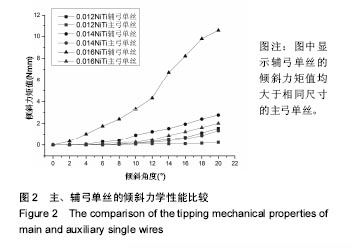
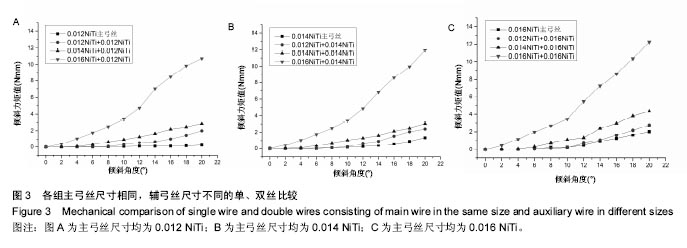
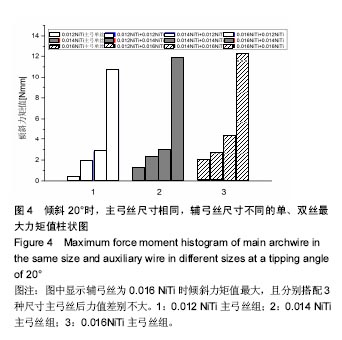
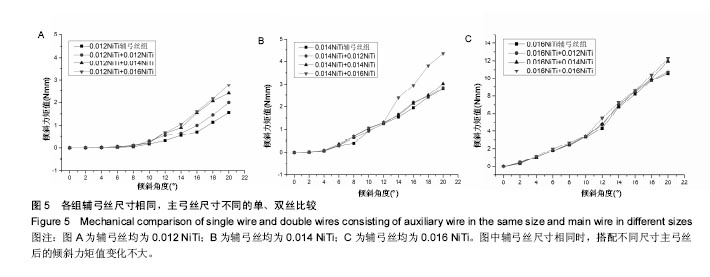
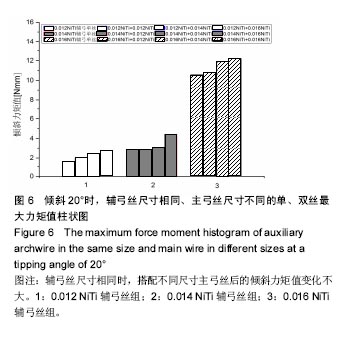
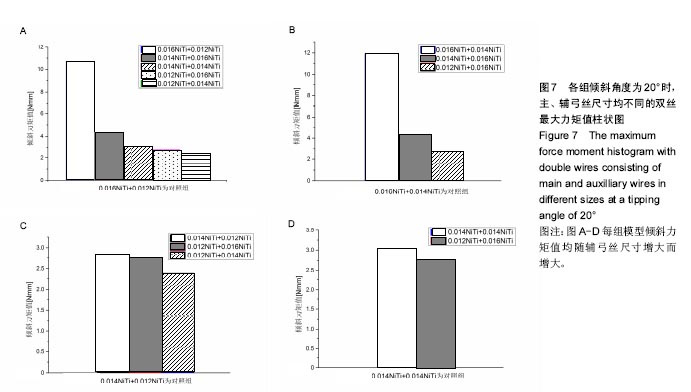
.jpg)
.jpg)
.jpg)
.jpg)